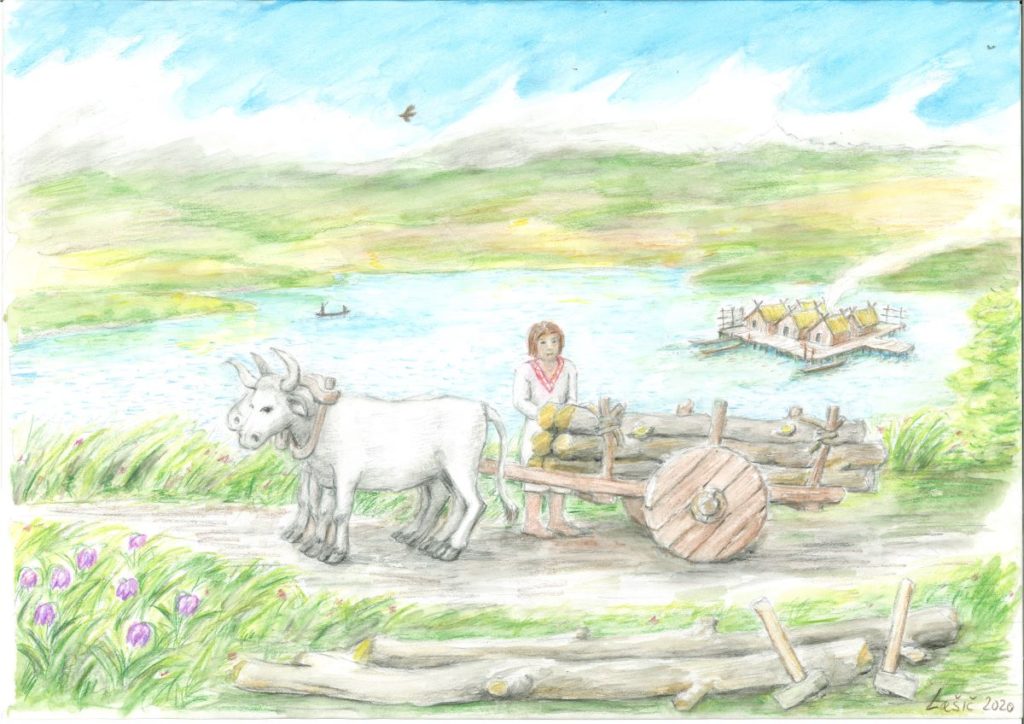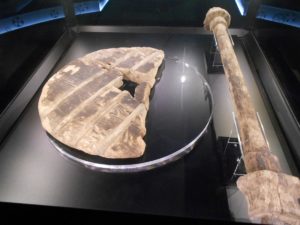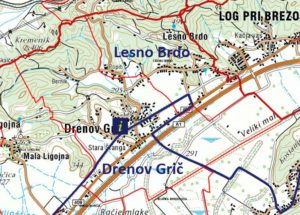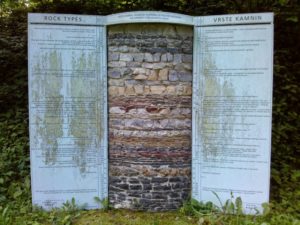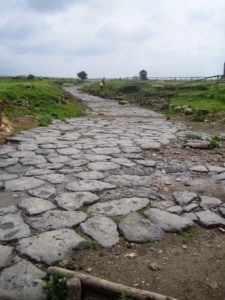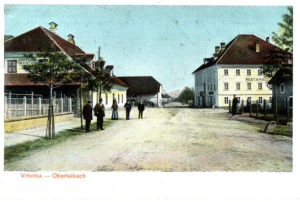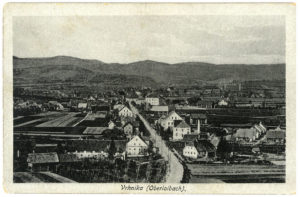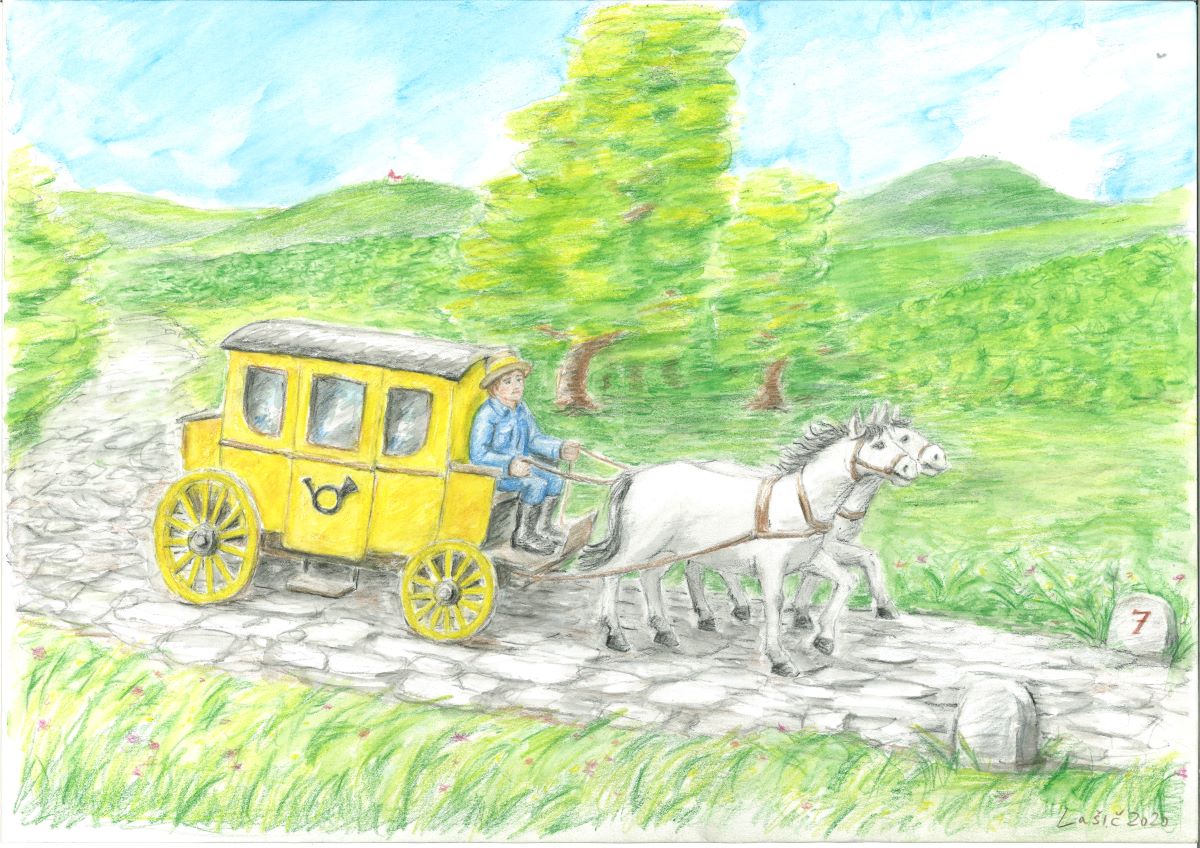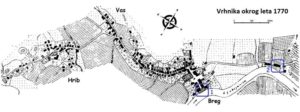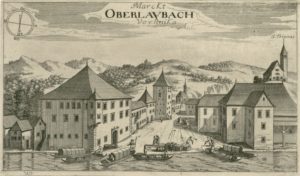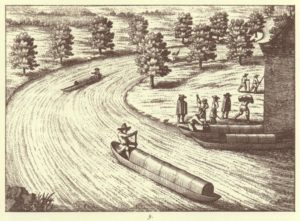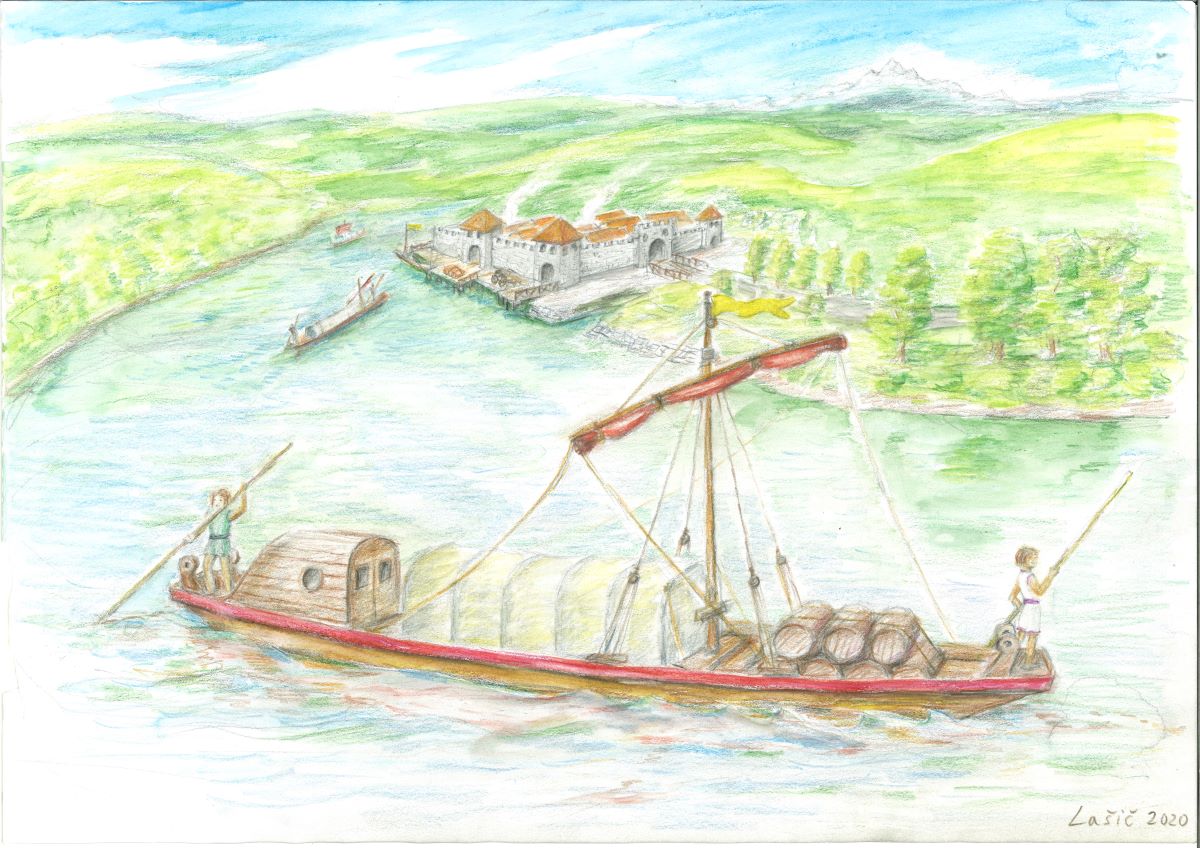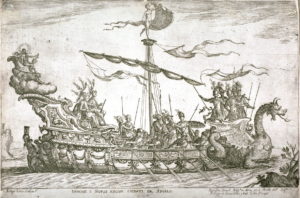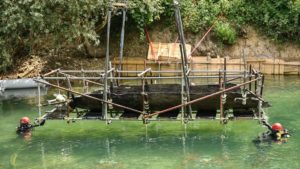 Nel progetto La rete di piste ciclabili nel comune di Vrhnika o La Valle Verde di San Floriano – il comune affronta solo un segmento dell’infrastruttura turistica, percorsi ciclabili a Vrhnika con alcune estensioni ai comuni limitrofi. Nel periodo 2020-2022 non si prevedano la costruzione di infrastrutture ciclabili aggiuntive, come il noleggio di biciclette, servizi di biciclette, docce e spogliatoi, mentre le strutture ricettive sono oggetto di altri progetti. In ogni caso, le rotte prenderanno vita solo quando avremo almeno 500 turisti giornalieri a Vrhnika e potremo tenerli in hotel per un pò di più che per una cena tardiva, pernottamento e colazione anticipata. Abbiamo preso come punto di partenza il progetto concettuale della Lista za razvoj Vrhnike in podeželja (Lista per lo sviluppo di Vrhnika e delle zone rurali) “Dieci chilometri di nuove piste ciclabili all’anno – il progetto da sette a dieci anni del comune di Vrhnika “.
Nel progetto La rete di piste ciclabili nel comune di Vrhnika o La Valle Verde di San Floriano – il comune affronta solo un segmento dell’infrastruttura turistica, percorsi ciclabili a Vrhnika con alcune estensioni ai comuni limitrofi. Nel periodo 2020-2022 non si prevedano la costruzione di infrastrutture ciclabili aggiuntive, come il noleggio di biciclette, servizi di biciclette, docce e spogliatoi, mentre le strutture ricettive sono oggetto di altri progetti. In ogni caso, le rotte prenderanno vita solo quando avremo almeno 500 turisti giornalieri a Vrhnika e potremo tenerli in hotel per un pò di più che per una cena tardiva, pernottamento e colazione anticipata. Abbiamo preso come punto di partenza il progetto concettuale della Lista za razvoj Vrhnike in podeželja (Lista per lo sviluppo di Vrhnika e delle zone rurali) “Dieci chilometri di nuove piste ciclabili all’anno – il progetto da sette a dieci anni del comune di Vrhnika “.
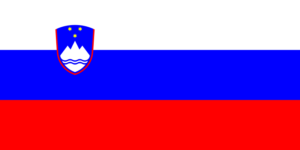
PERCORSI CICLABILI REALIZZATI
 La pista ciclabile circolare K1 inizia e finisce di fronte al Centro informazioni turistiche di Vrhnika. Lungo la strada attraverserai Žažar con la chiesa di Sant’Anna e pedalerai fino a Smrečje, da dove avrai una bellissima vista tutt’intorno. Si può vedere la bellissima Chiesa dell’Assunzione di Maria, a poche centinaia di metri dall’unica locanda su questa strada. Il sentiero sale per la maggior parte fino a questo punto, seguito da una rapida discesa a Vrhnika. Il sentiero è in parte sterrato e misura 31 km di lunghezza. Per il K1, avrai bisogno di circa un’ora e mezza di ciclismo moderatamente impegnativo. Per saperne di più >>>.
La pista ciclabile circolare K1 inizia e finisce di fronte al Centro informazioni turistiche di Vrhnika. Lungo la strada attraverserai Žažar con la chiesa di Sant’Anna e pedalerai fino a Smrečje, da dove avrai una bellissima vista tutt’intorno. Si può vedere la bellissima Chiesa dell’Assunzione di Maria, a poche centinaia di metri dall’unica locanda su questa strada. Il sentiero sale per la maggior parte fino a questo punto, seguito da una rapida discesa a Vrhnika. Il sentiero è in parte sterrato e misura 31 km di lunghezza. Per il K1, avrai bisogno di circa un’ora e mezza di ciclismo moderatamente impegnativo. Per saperne di più >>>.
 La pista ciclabile circolare K2 inizia e finisce di fronte al Centro informazioni turistiche di Vrhnika. Il percorso ti condurrà a Kuren, dove potrai fare una sosta in una agriturismo e vedere la chiesa di San Nicola con il suo famoso soffitto in legno e la ricca storia. Nel seguito, salirai alla torre di avvistamento su Planina, uno dei più alti edifici bifamiliari in legno della Slovenia. Segue una breve e ripida discesa lungo il sentiero sterrato fino a Stari Maln (vecchio mulino), da dove si hanno solo pochi chilometri di piacevole pedalata lungo il torrente Bela fino a Vrhnika. Il sentiero è in parte macadam e misura 22 km di lunghezza. Per il K2, avrai bisogno di circa un’ora e mezza di ciclismo moderatamente impegnativo. Per saperne di più >>>.
La pista ciclabile circolare K2 inizia e finisce di fronte al Centro informazioni turistiche di Vrhnika. Il percorso ti condurrà a Kuren, dove potrai fare una sosta in una agriturismo e vedere la chiesa di San Nicola con il suo famoso soffitto in legno e la ricca storia. Nel seguito, salirai alla torre di avvistamento su Planina, uno dei più alti edifici bifamiliari in legno della Slovenia. Segue una breve e ripida discesa lungo il sentiero sterrato fino a Stari Maln (vecchio mulino), da dove si hanno solo pochi chilometri di piacevole pedalata lungo il torrente Bela fino a Vrhnika. Il sentiero è in parte macadam e misura 22 km di lunghezza. Per il K2, avrai bisogno di circa un’ora e mezza di ciclismo moderatamente impegnativo. Per saperne di più >>>.

 Il percorso inizia (o finisce) presso il parcheggio P&R (Park & Ride) di Sinja Gorica. Il sentiero conduce principalmente lungo il letto regolato del torrente Podlipščica. Quest’anno abbiamo completato il percorso per Podlog, e l.anno prossimo completeremo il percorso presso la Chiesa di S. Bricius e Podlipa. A Podlipa si può raggiungere la pista ciclabile K1 se si percorre la strada asfaltata per circa un chilometro in direzione di Smrečje. Puoi anche unirti al K1 al nuovo ponte pedonale su Podlipščica (svolta verso la strada principale Vrhnika-Podlipa). Per saperne di più >>>.
Il percorso inizia (o finisce) presso il parcheggio P&R (Park & Ride) di Sinja Gorica. Il sentiero conduce principalmente lungo il letto regolato del torrente Podlipščica. Quest’anno abbiamo completato il percorso per Podlog, e l.anno prossimo completeremo il percorso presso la Chiesa di S. Bricius e Podlipa. A Podlipa si può raggiungere la pista ciclabile K1 se si percorre la strada asfaltata per circa un chilometro in direzione di Smrečje. Puoi anche unirti al K1 al nuovo ponte pedonale su Podlipščica (svolta verso la strada principale Vrhnika-Podlipa). Per saperne di più >>>.

 Vrhnika si trova all’incrocio tra la brughiera e le Alpi Dinariche, proprio dove il passaggio ė più facile dal bacino di Lubiana al mare Adriatico e al nord Italia. L’idoneità del terreno per l’insediamento e la possibilità di attraversamento hanno contribuito al fatto che qui vengono utilizzati vari mezzi di trasporto per più di 5.000 anni. La pista ciclabile ad anello inizia dalla “nuova stazione ferroviaria” a Vrhnika e conduce in senso orario attraverso Sinja Gorica, Drenov Grič, Bevke, Blatna Brezovica e di nuovo attraverso Sinja Gorica fino a Vrhnika. Per saperne di più >>>.
Vrhnika si trova all’incrocio tra la brughiera e le Alpi Dinariche, proprio dove il passaggio ė più facile dal bacino di Lubiana al mare Adriatico e al nord Italia. L’idoneità del terreno per l’insediamento e la possibilità di attraversamento hanno contribuito al fatto che qui vengono utilizzati vari mezzi di trasporto per più di 5.000 anni. La pista ciclabile ad anello inizia dalla “nuova stazione ferroviaria” a Vrhnika e conduce in senso orario attraverso Sinja Gorica, Drenov Grič, Bevke, Blatna Brezovica e di nuovo attraverso Sinja Gorica fino a Vrhnika. Per saperne di più >>>.

 La strada che collega Idrija con Vrhnika fu costruita intorno al 1508, subito dopo la scoperta del mercurio (1493), e fino al 1721 fu l’unico collegamento stradale da Idrija. Ha lo scopo di fornire alla miniera legname, attrezzature, cibo e il trasporto di minerale di mercurio nel mondo. Parte dal dal castello Gewerkenegg a Idrija attraverso Kovačev Rovt fino a Zaplana e Vrhnika. Per saperne di più >>>.
La strada che collega Idrija con Vrhnika fu costruita intorno al 1508, subito dopo la scoperta del mercurio (1493), e fino al 1721 fu l’unico collegamento stradale da Idrija. Ha lo scopo di fornire alla miniera legname, attrezzature, cibo e il trasporto di minerale di mercurio nel mondo. Parte dal dal castello Gewerkenegg a Idrija attraverso Kovačev Rovt fino a Zaplana e Vrhnika. Per saperne di più >>>.
* la posizione deve essere attivata sul telefono
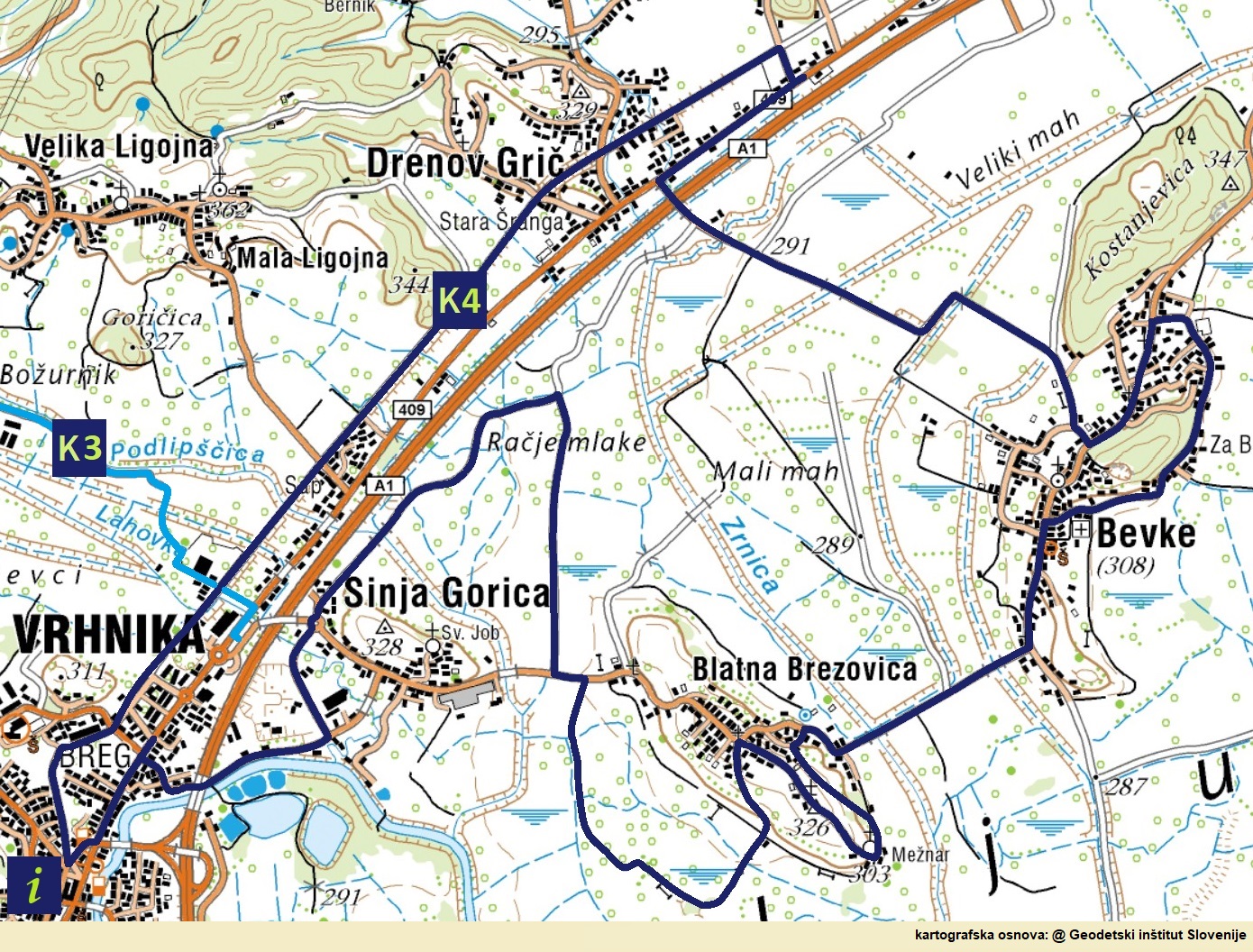


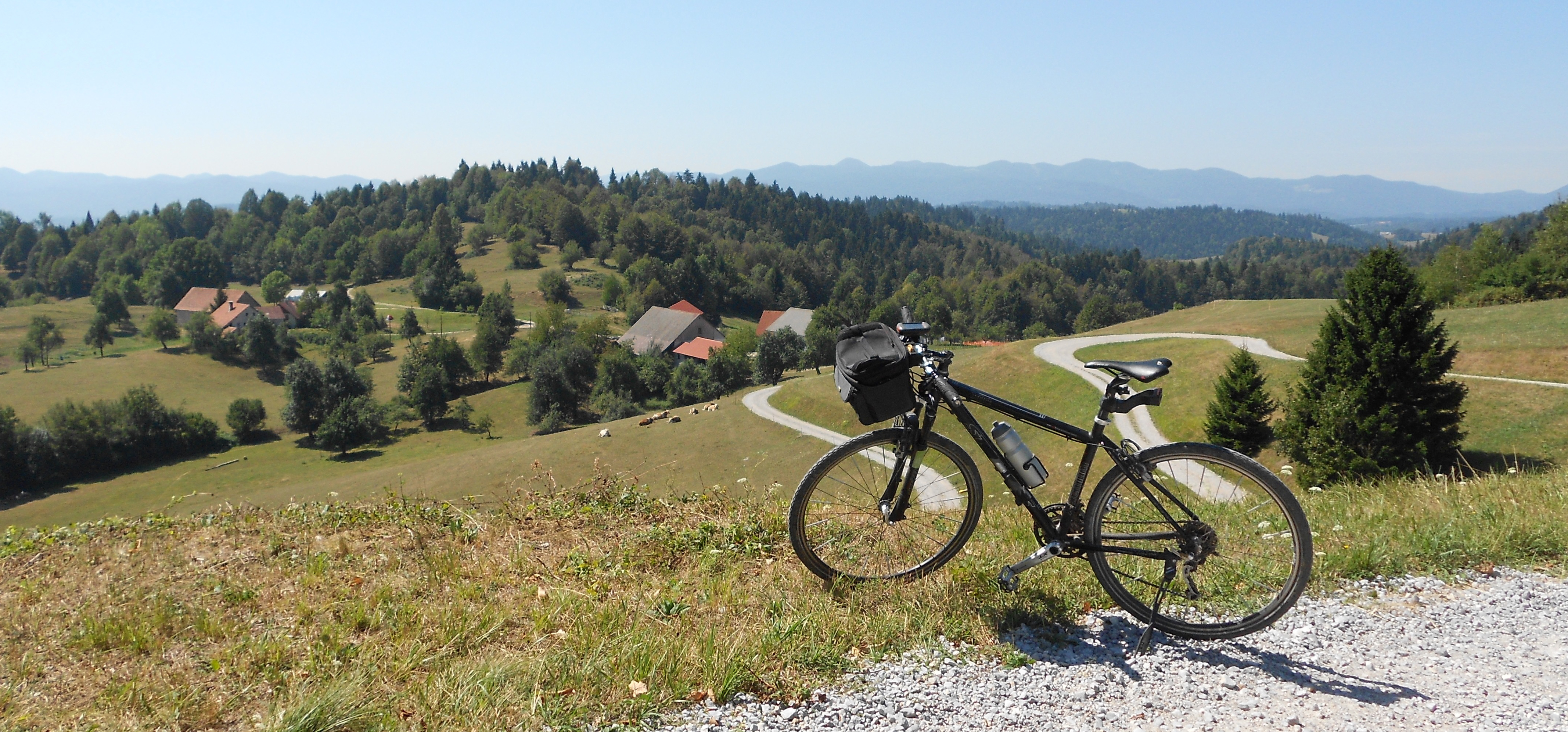
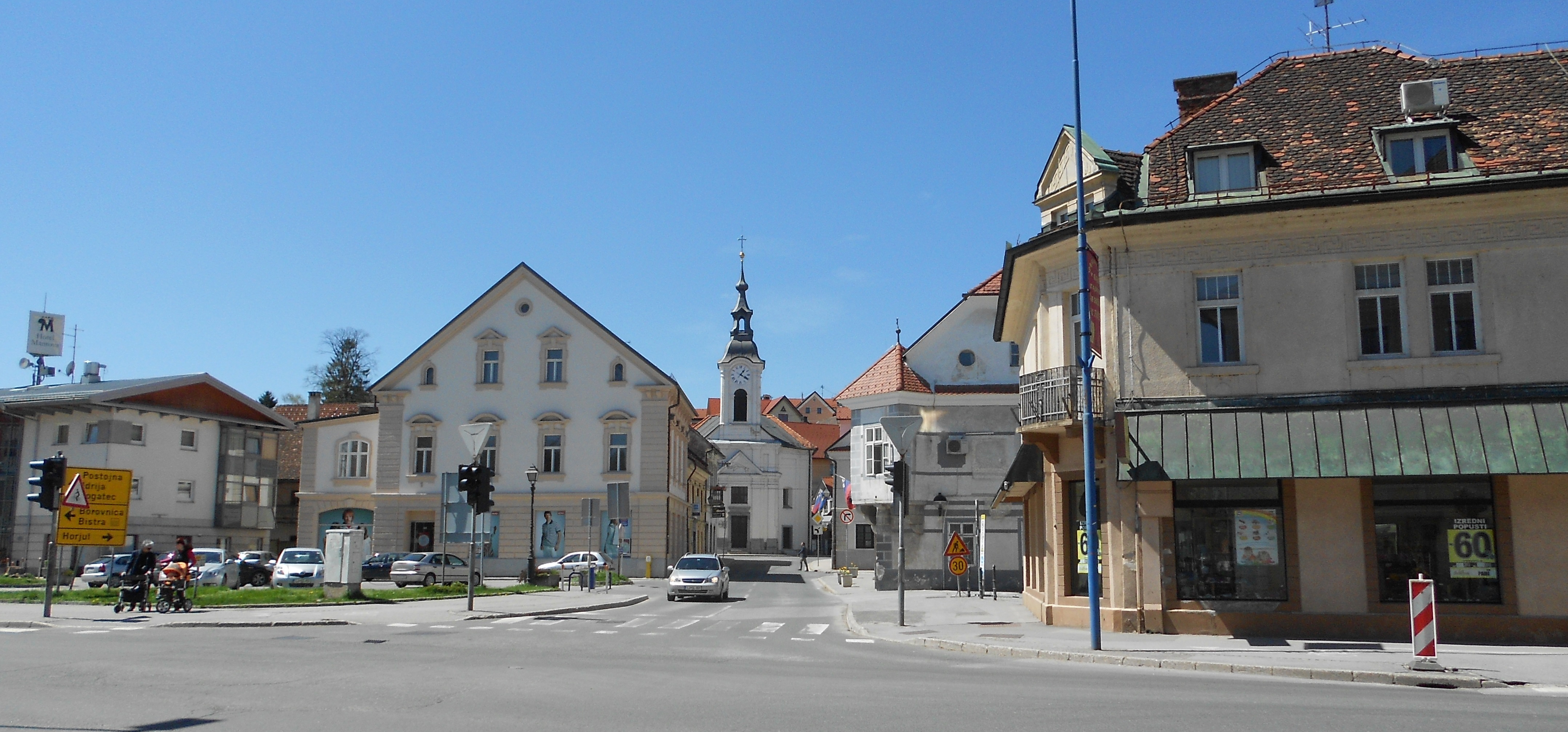
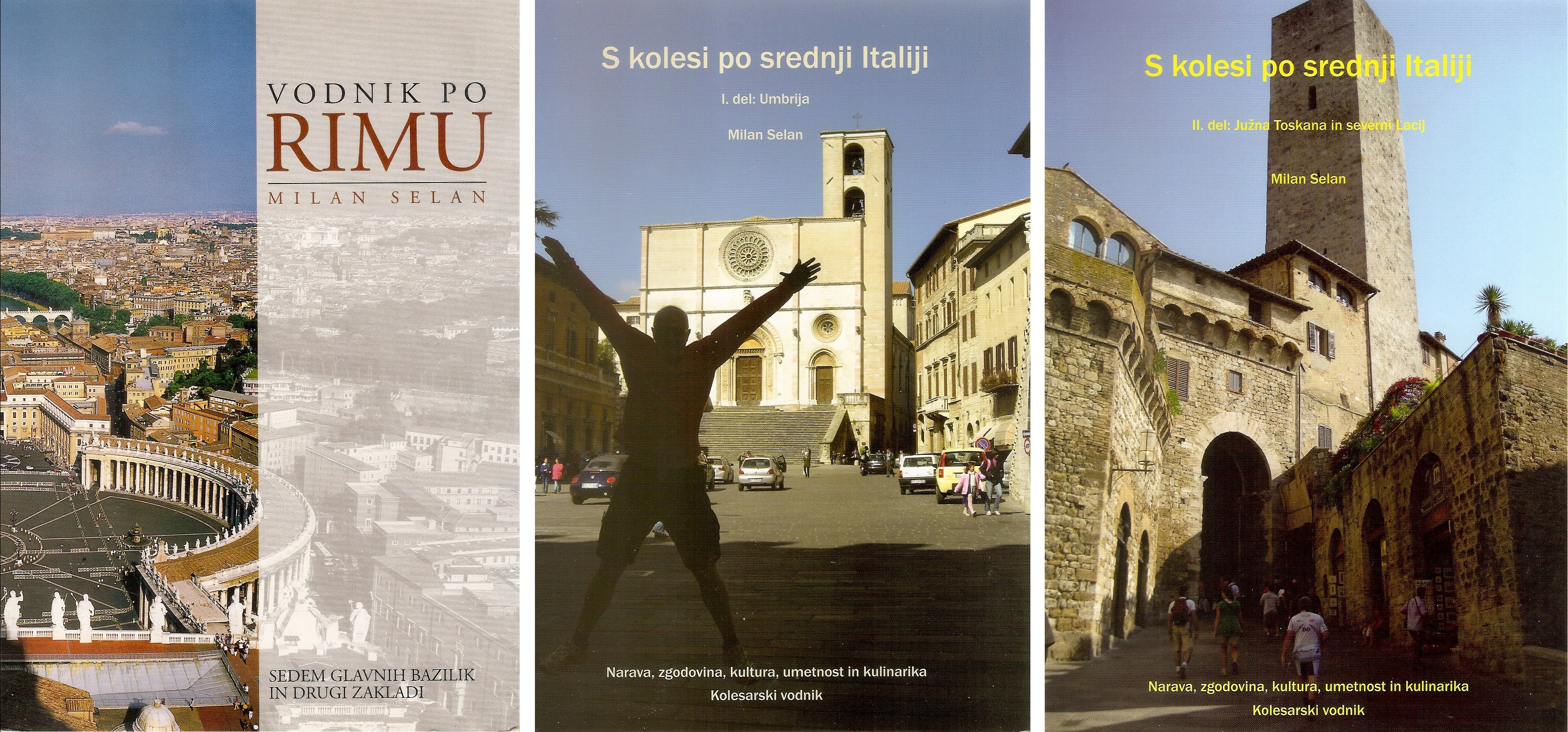
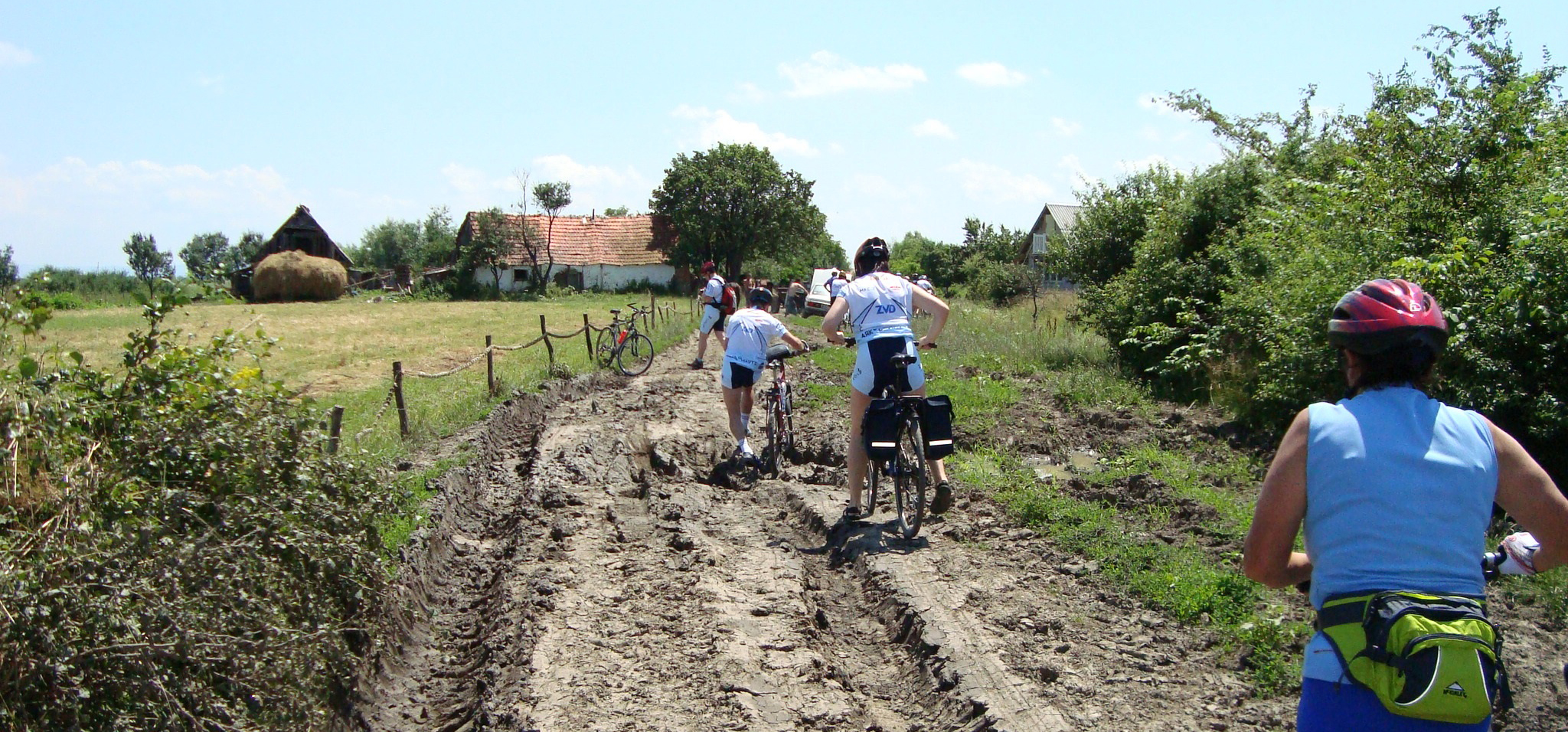
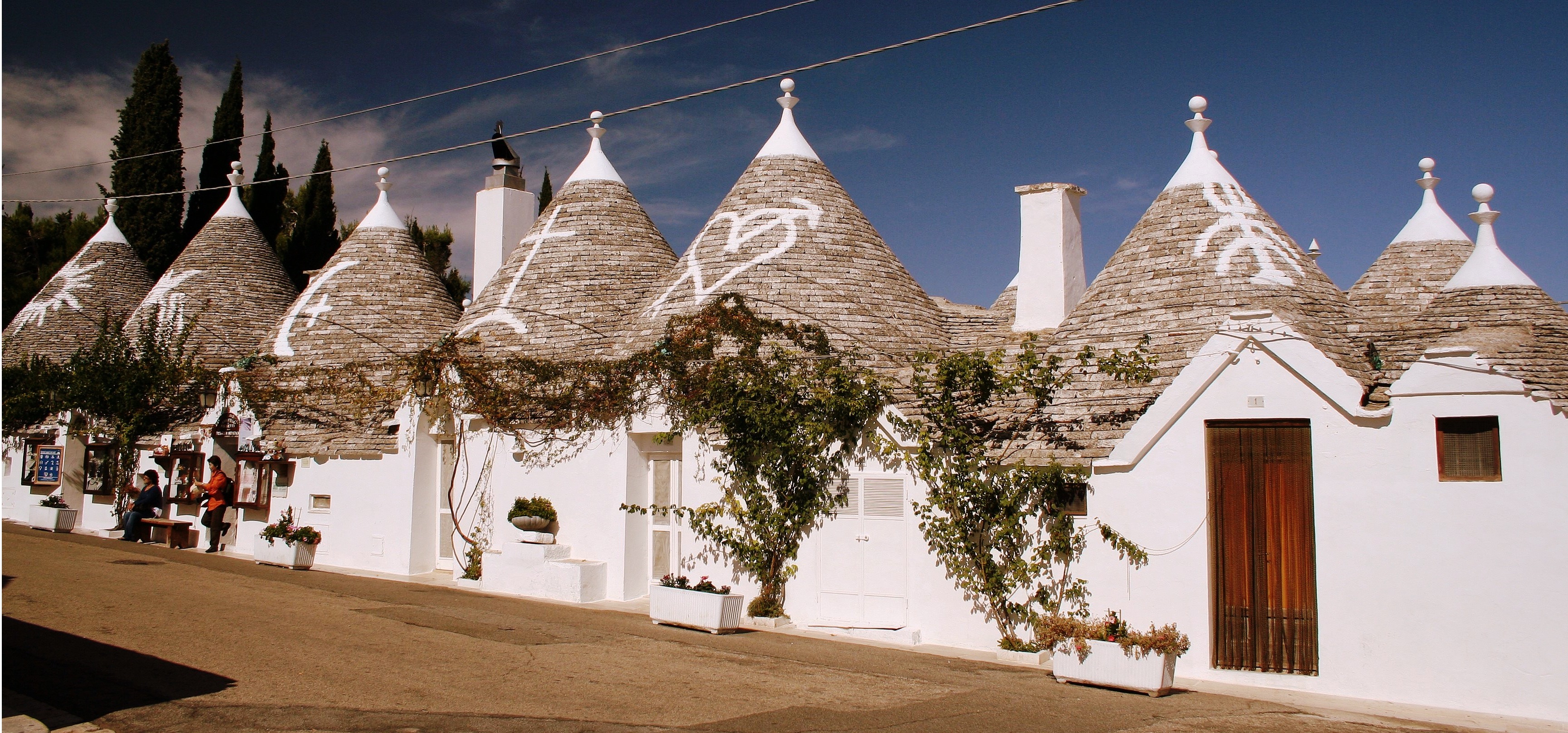
 Nel progetto
Nel progetto 

